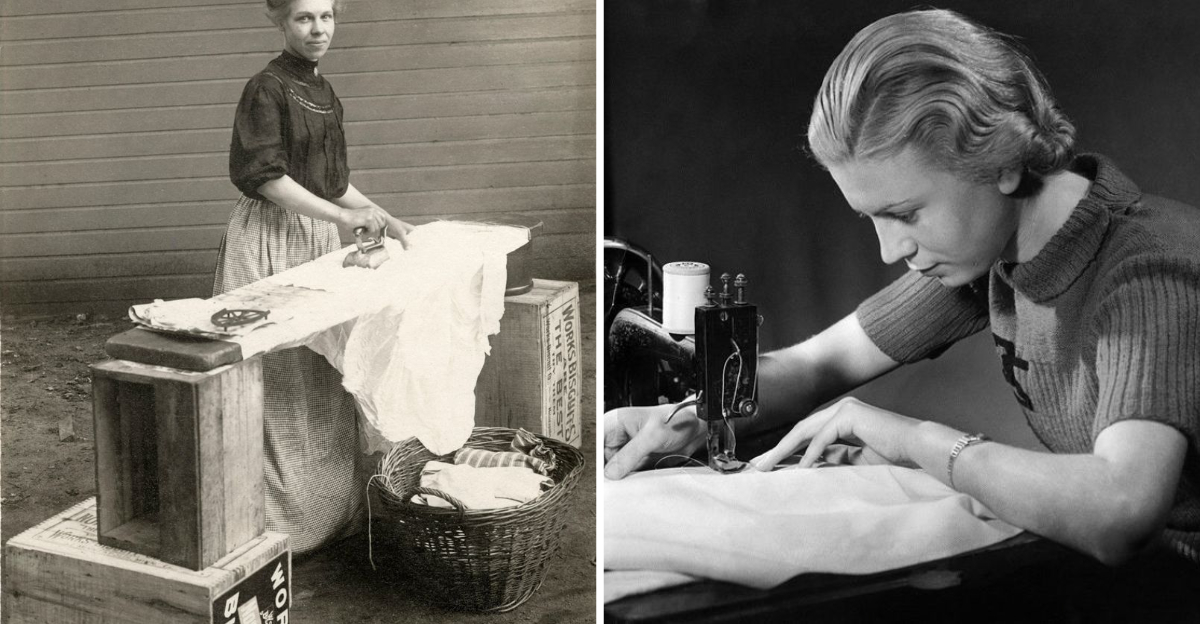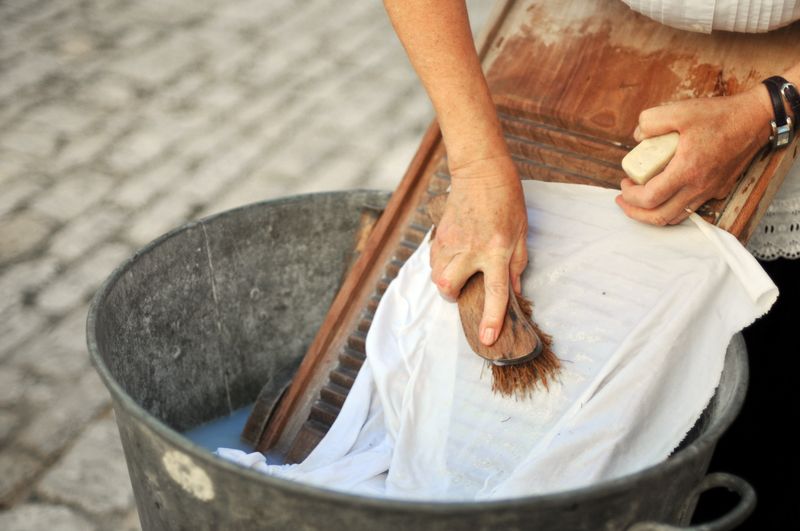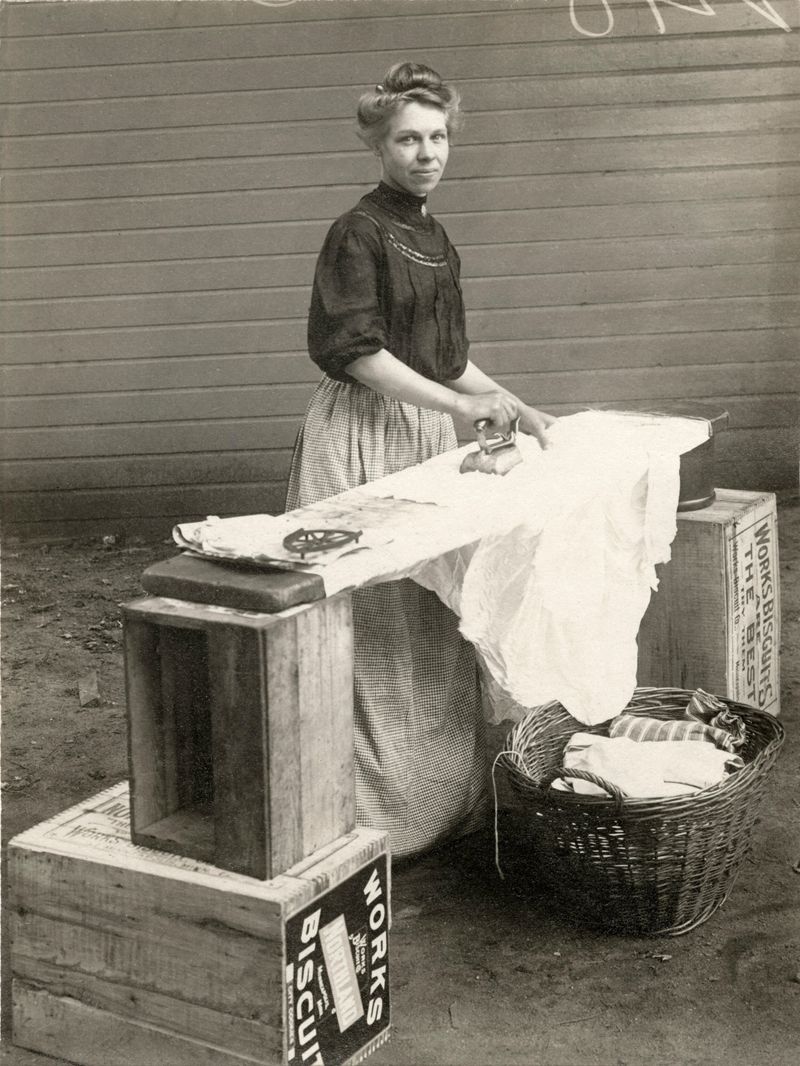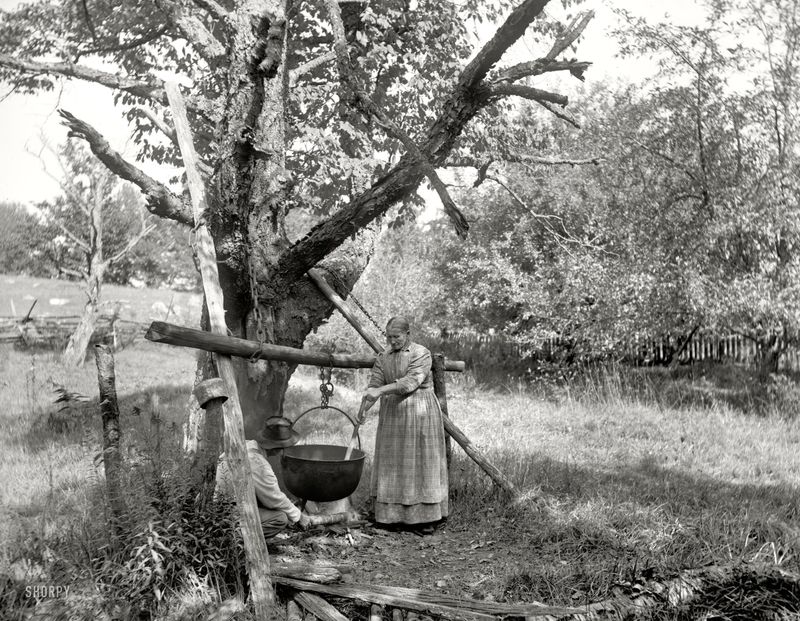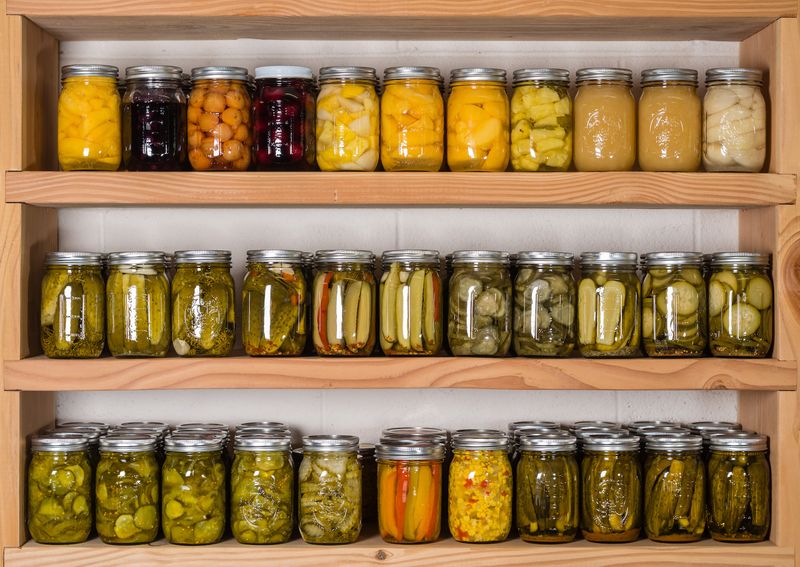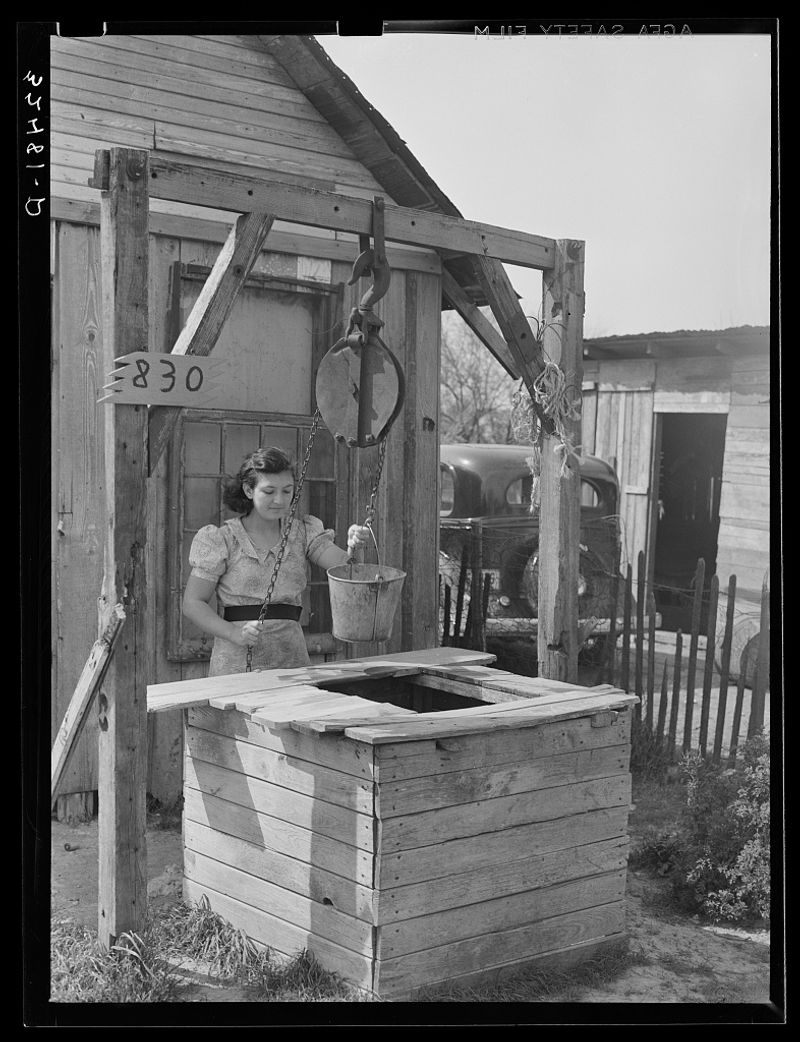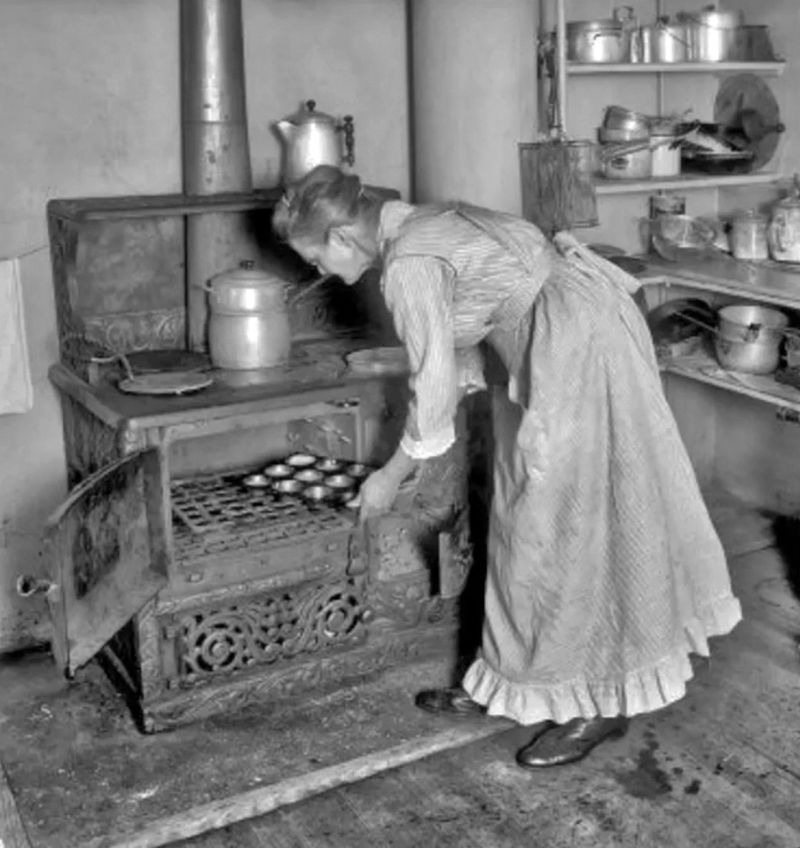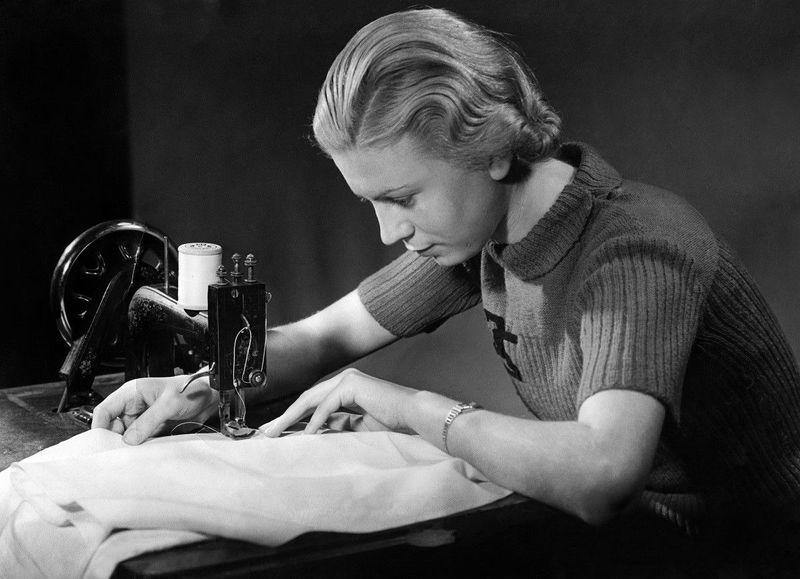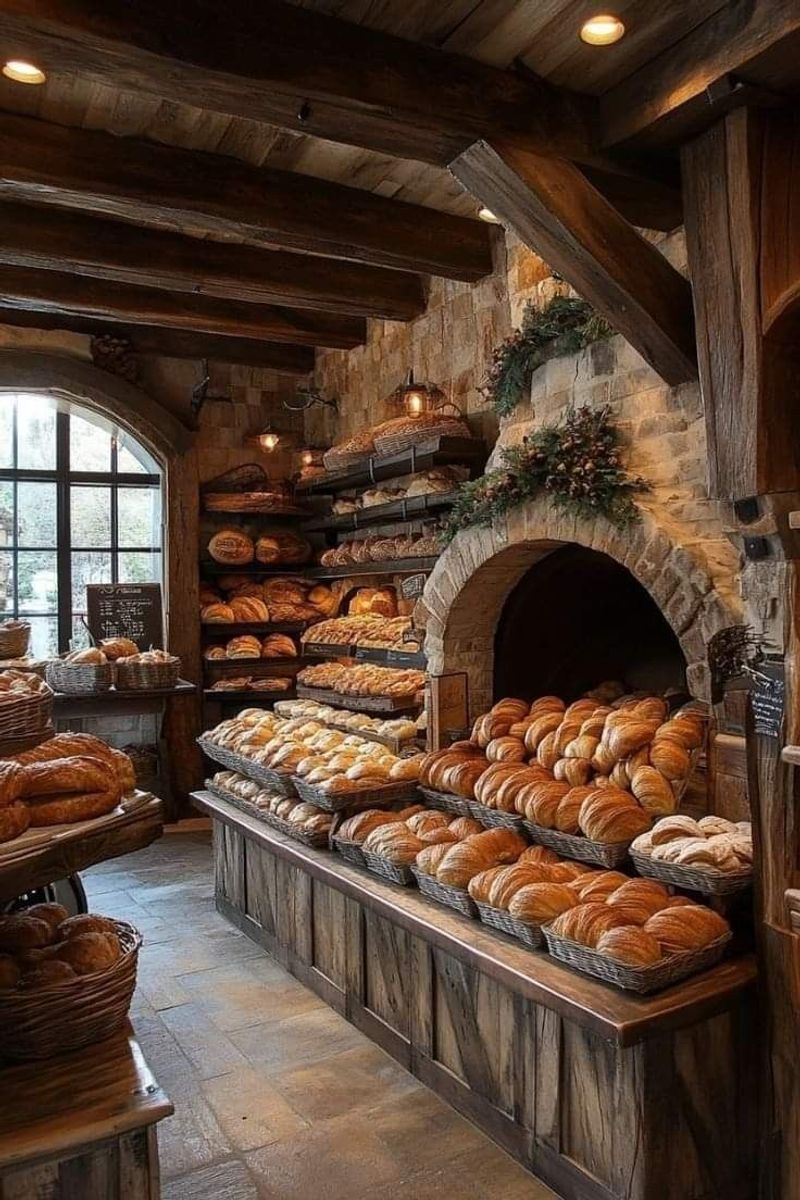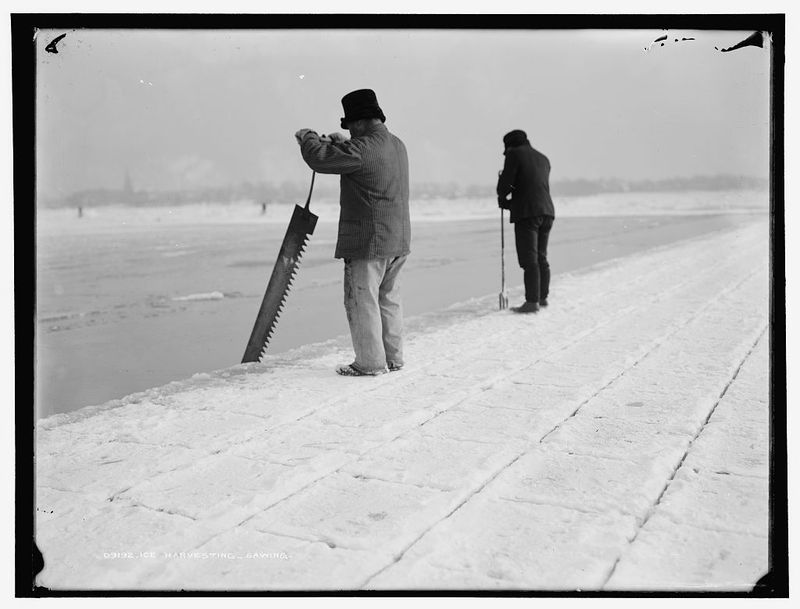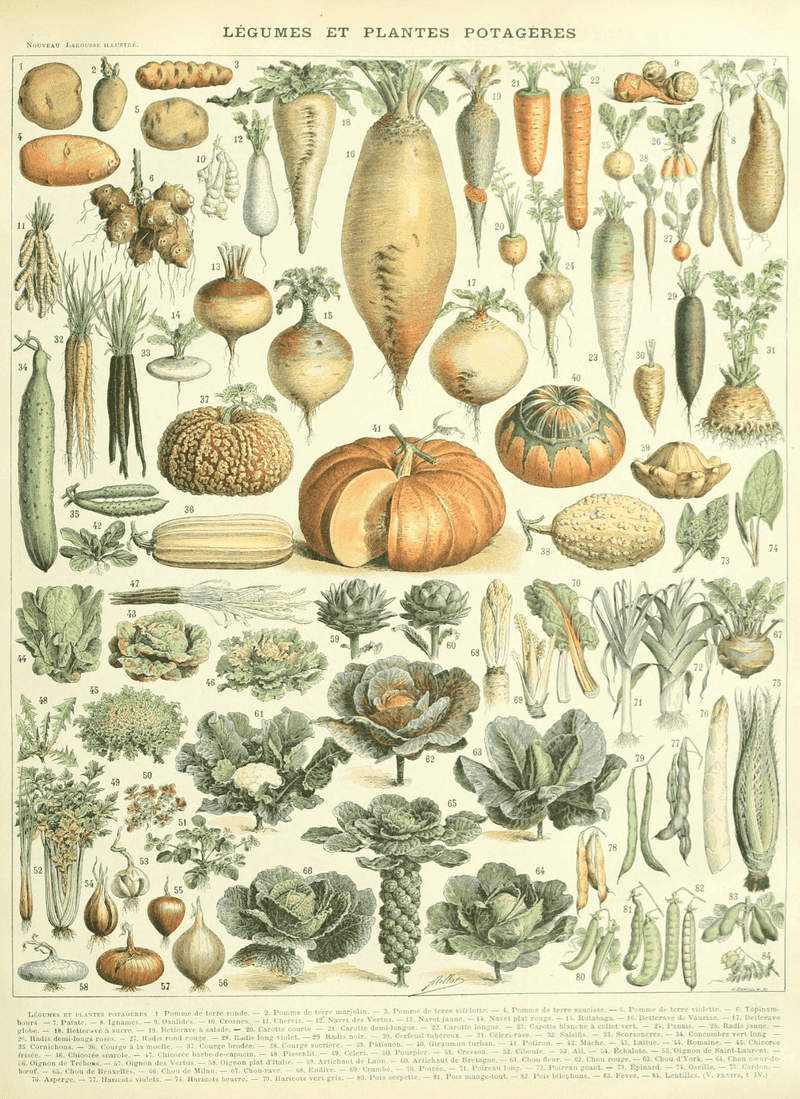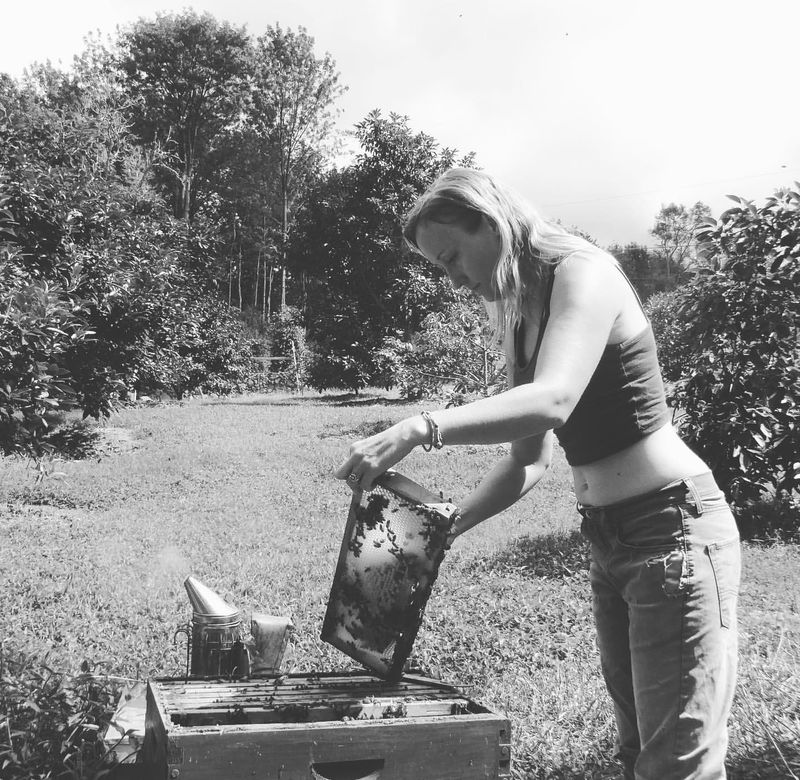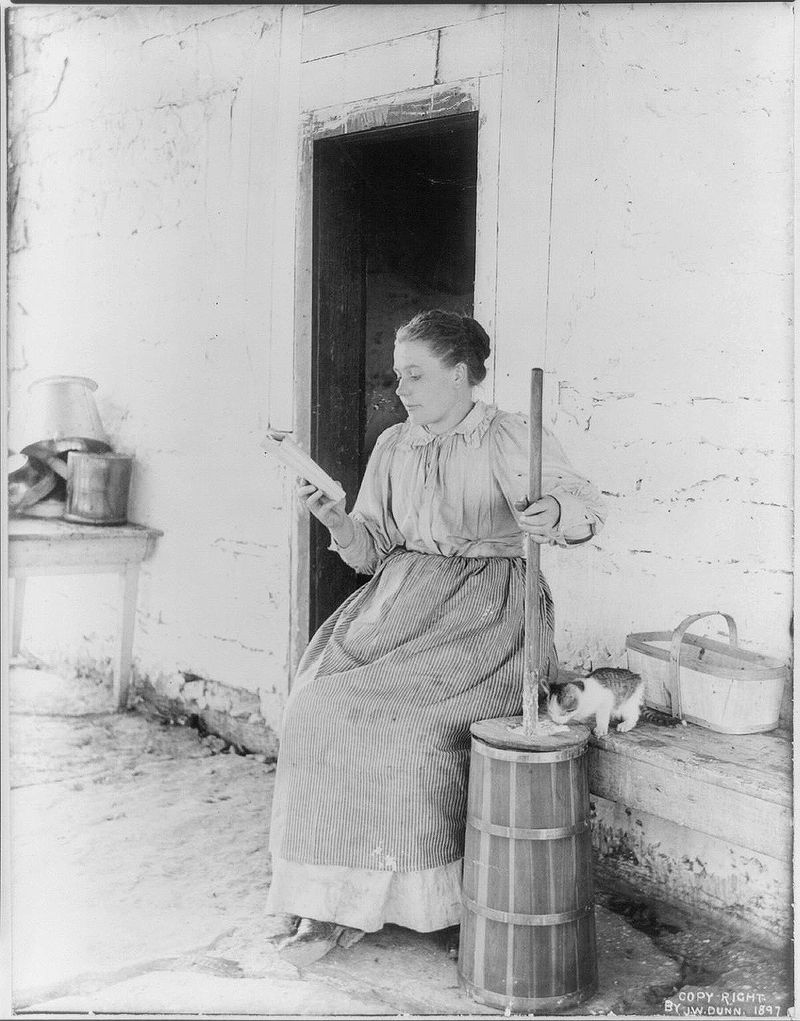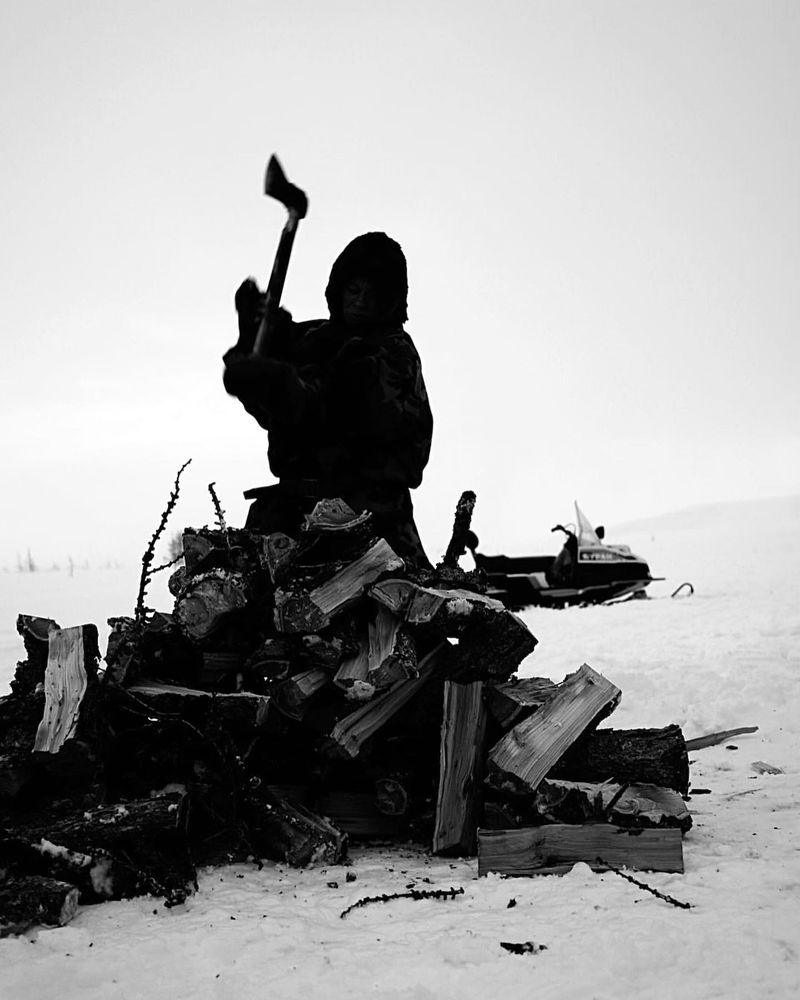Have you ever wondered how household chores were done in the past? Before the advent of modern appliances, our grandparents engaged in tasks that required hard labor, creativity, and resilience. These chores reflect not only the technological evolution over the decades but also the changing dynamics of domestic life. Let’s dive into 15 household chores your grandparents did that might seem unimaginable today.
Washing Clothes by Hand
In the past, washing clothes was a hands-on task, literally. Without washing machines, people relied on manual labor. Clothes were scrubbed against washboards, and soap was made from animal fat. This chore required significant physical strength and time. Imagine spending the better part of a day scrubbing every piece of clothing!
After washing, clothes were wrung out by hand and hung on lines to dry. This process was both tedious and backbreaking. The advent of washing machines revolutionized this chore, saving countless hours and physical effort. Today, it’s hard to imagine life without automatic washers!
Ironing with Heavy Irons
Ironing clothes wasn’t always as straightforward as plugging in an appliance. Heavy irons, often weighing up to 15 pounds, were heated on stoves. These irons demanded careful handling and strength to maneuver.
The process required constant attention to maintain a consistent temperature, and users needed to be cautious about scorching the fabric. This chore was time-consuming, making it quite an event in household management. Today’s lightweight, temperature-controlled irons make this task a breeze. Imagine lifting those hefty irons to achieve wrinkle-free clothes! The convenience we enjoy today is a far cry from those cumbersome tools.
Making Soap from Scratch
Soap-making was a vital yet labor-intensive process. Before commercially available soap, families mixed animal fats with lye to create bars of soap. This process was not only time-consuming but also demanded precision.
Each batch required careful measuring and mixing, as errors could result in caustic, unusable soap. The mixture was then poured into molds and left to harden for weeks. This artisanal process was a testament to resourcefulness and patience. Today, buying soap is as simple as a trip to the store, a luxury our grandparents might find remarkable given their arduous soap-making endeavors.
Preserving Food without Refrigeration
Before the convenience of refrigerators, food preservation was an essential skill. Canning, smoking, and pickling were methods used to extend the shelf life of food. This required knowledge of proper techniques to prevent spoilage and ensure safety.
Preserving food demanded both time and effort, with families often spending entire days in preparation. These methods not only conserved food but also provided variety during winter months. Today, the ease of refrigeration has largely replaced these traditional methods, making the intensive labor of food preservation a distant memory for many households.
Fetching Water from a Well
Access to running water wasn’t always a given. Many families relied on wells for their water supply. Fetching water involved lowering a bucket into the well and then hauling it back up, a task often assigned to children.
This chore taught responsibility and required physical endurance. The water was used for drinking, cooking, and cleaning, making it an essential daily task. With modern plumbing, the idea of walking to a well for water is almost unthinkable. This chore illustrates how far we’ve come in terms of convenience and access to basic necessities.
Cooking on Wood-Burning Stoves
Before gas and electric stoves, wood-burning stoves were the heart of the kitchen. Cooking required not only culinary skills but also the ability to manage a fire. Maintaining a consistent temperature was crucial for success.
The process involved chopping wood, lighting fires, and constant vigilance to avoid overcooking. These stoves offered warmth but demanded attention and labor. Today’s stoves, with precise temperature controls, have transformed cooking into a more predictable and less laborious task. Our grandparents’ culinary challenges highlight the convenience modern kitchens provide, something we often take for granted.
Cleaning with Homemade Cleaners
Store-bought cleaning products were a rarity, so homemade cleaners were the norm. Vinegar, baking soda, and lemon were common ingredients, requiring creativity and experimentation. These natural cleaners were effective but involved trial and error.
Making and using these concoctions demanded patience and persistence. Today, cleaning aisles overflow with ready-made products offering convenience and quick solutions. Despite this, the eco-friendly movement has seen a resurgence in homemade cleaning methods. Our grandparents’ ingenuity in maintaining cleanliness with limited resources serves as inspiration for sustainable living practices today.
Mending and Sewing Clothes
Mending clothes was a routine part of life when new garments weren’t as readily available or affordable. Sewing skills were essential for extending the life of clothing. Darning socks, patching holes, and sewing buttons required precision and patience.
These tasks were opportunities to express creativity while maintaining practicality. Today, fast fashion and affordable clothing have reduced the emphasis on mending. However, there’s a growing appreciation for these skills as sustainable practices. Our grandparents’ resourcefulness in maintaining their wardrobe offers valuable lessons in creativity and sustainability for modern generations.
Sweeping Chimneys
Chimney sweeping was a dirty, labor-intensive chore essential for maintaining safe and efficient fireplaces. This task involved climbing onto roofs and maneuvering brushes through narrow chimney spaces.
The job was often assigned to the younger family members or professional sweepers. Chimneys needed regular cleaning to prevent creosote buildup, which could lead to dangerous chimney fires. Today, central heating systems have largely replaced fireplaces, making chimney sweeping a rare necessity. This bygone chore highlights the evolution of home heating methods and the labor-saving advancements in household technology.
Baking Bread from Scratch
Baking bread was a daily or weekly ritual that required skill and time. From mixing ingredients to kneading dough and waiting for it to rise, this task was a labor of love. The smell of freshly baked bread filled homes, offering comfort and sustenance.
This chore also provided control over ingredients, ensuring healthier, preservative-free bread. Today, bread machines and bakeries have simplified this process immensely. However, the art of bread-making is seeing a revival as people seek genuine, homemade flavors. Our grandparents’ bread-baking rituals remind us of the simple joys and satisfying results of homemade efforts.
Harvesting Ice for Iceboxes
Before electric refrigerators, iceboxes kept food cool. Harvesting ice was a seasonal job that required cutting large blocks from frozen lakes or rivers. This ice was then stored in sawdust-lined icehouses to last through warmer months.
Families relied on this ice for food preservation, a task demanding physical labor and careful planning. The introduction of electric refrigeration ended the need for ice harvesting, offering convenience and reliable food storage. The sheer effort involved in ice harvesting underscores how much technology has changed our approach to food preservation, enhancing both safety and ease.
Gardening for Sustenance
Gardening wasn’t just a hobby but a necessity for many families. Growing vegetables ensured a steady food supply, reducing dependency on store-bought goods. This involved planning, planting, nurturing, and harvesting.
These gardens provided fresh produce and taught self-sufficiency and patience. Even today, gardening remains a valued skill, promoting sustainability and healthy living. However, the scale and necessity have changed, with grocery stores offering year-round produce. Our grandparents’ dedication to their gardens reflects a commitment to self-reliance and environmental stewardship, values that resonate in today’s sustainable living movements.
Beekeeping for Honey
Beekeeping was a common practice for those seeking a natural sweetener. Honey provided a valuable resource, both as a food and for medicinal uses. Managing hives required knowledge and care, ensuring the health of the bees and quality of the honey.
This chore involved regular hive inspections and honey extraction, skills that were passed down through generations. While honey remains popular today, few engage in home beekeeping, relying instead on commercial products. This traditional practice of our grandparents highlights the close connection between humans and nature, emphasizing sustainability and self-sufficiency.
Making Butter by Hand
Churning butter by hand was a common kitchen task before modern conveniences. This involved hours of consistent churning, turning cream into butter. The process required patience and physical effort.
Homemade butter was valued for its freshness and flavor, often enjoyed with home-baked bread. Today, this practice is rare, with store-bought butter offering a convenient alternative. However, homemade butter-making is making a comeback among those seeking traditional methods and natural flavors. Our grandparents’ butter-churning efforts highlight the tangible connection between effort and reward, a concept at the heart of many traditional chores.
Collecting Firewood
Firewood collection was essential for heating and cooking. This task involved gathering, chopping, and stacking wood, requiring physical strength and endurance. It was often a communal activity that brought family members together.
Properly storing wood ensured a steady supply throughout the cold months. With the advent of central heating, the necessity of firewood has diminished. Nevertheless, fireplaces remain a beloved feature in many homes, used more for ambiance than necessity. Collecting firewood reminds us of the hard work and communal spirit that characterized traditional home life.
